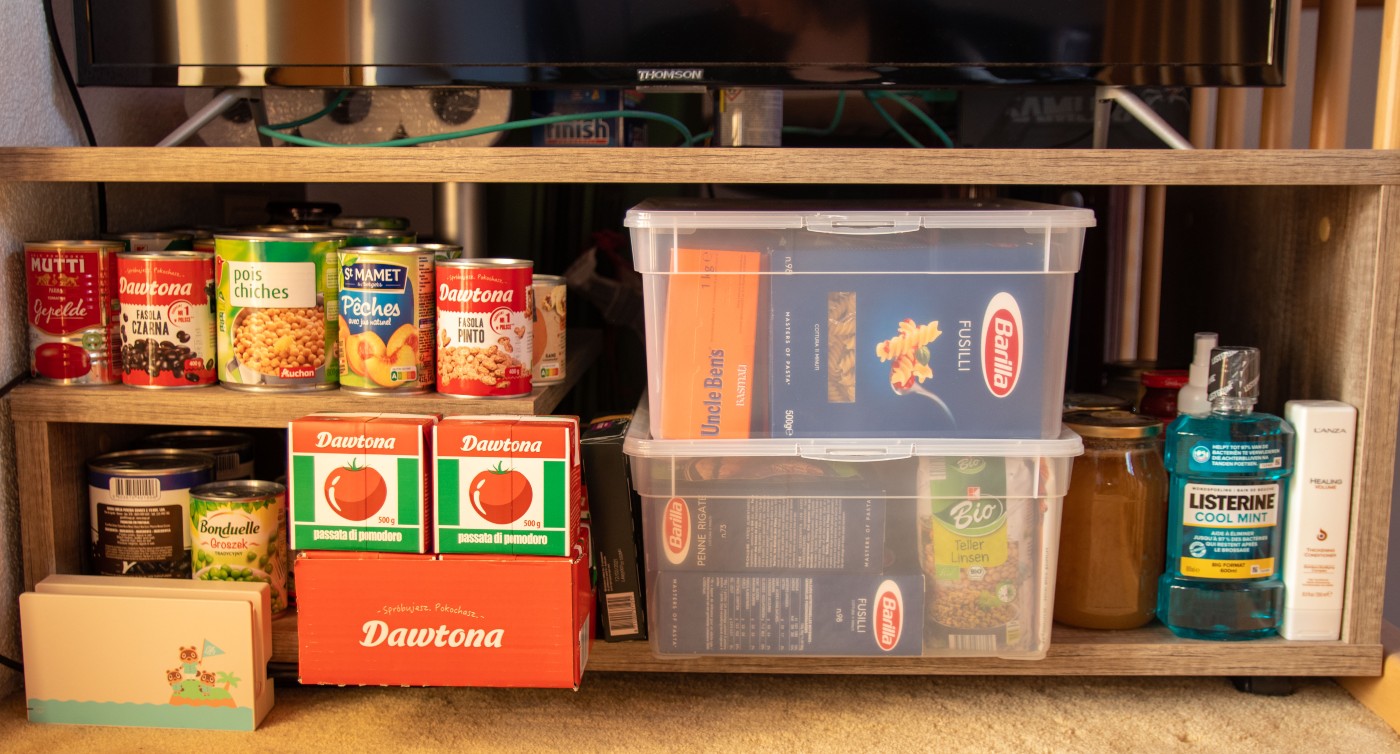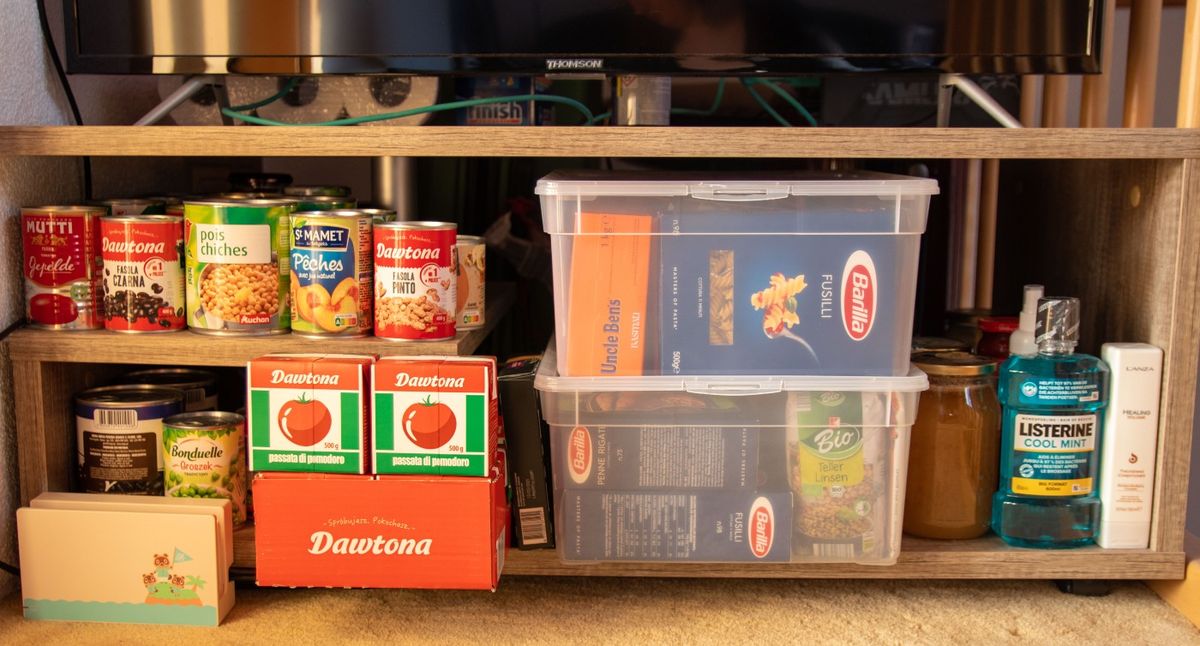After the government advised households to have enough supplies for at least three days in case of a national emergency, attention has turned to people whose doomsday preparations are a way of life.
Previously thought of as the preserve of conspiracy-touting extremists, being “ready for an existential threat has entered the mainstream”, said The Telegraph, and “we’re all preppers now”, said The Critic.
What is a ‘prepper’?
Defined by the phrase “hope for the best, prepare for the worst”, preppers are people who get ready for worst-case scenarios by stockpiling goods or developing new survival skills.
Subscribe to The Week
Escape your echo chamber. Get the facts behind the news, plus analysis from multiple perspectives.
SUBSCRIBE & SAVE
Sign up for The Week’s Free Newsletters
From our morning news briefing to a weekly Good News Newsletter, get the best of The Week delivered directly to your inbox.
From our morning news briefing to a weekly Good News Newsletter, get the best of The Week delivered directly to your inbox.
The movement started in the US, where there are “whole communities” of “off-grid disaster-ready preppers” with guns and armour-plated “apocalypse vehicles”, said The Times.
But it has spread worldwide and is growing in popularity in Britain. Preppers Shop UK, the nation’s “number one preppers’ quartermaster’s store”, sells “freeze-dried larder stock, industrial amounts of loo paper and rabbit-slaying crossbows”.
It also offers “bug out bags” (essentially goodie bags packed with survival tools), gas masks, biohazard suits, decontamination apparel and “virus control” overalls.
Why is there a rise in peppers?
Preppers have been seen as paranoid male outcasts, with the occasional super-rich celeb, such as Kim Kardashian and Mark Zuckerberg, adding some luxury-bunkered glitter to the mix.
But the Covid pandemic has “normalised” prepping behaviours, Lincoln Miles, the proprietor of Preppers Shop UK, told The Times. “Nowadays preppers are just regular-looking, sensible people who you might pass in the aisles at Tesco,” and “more women” are taking an interest.
Speaking to MailOnline, Justin Jones, from the UK Prepping Shop in London, agreed. The “Rambo wannabees are long gone”, he said. “We now supply doctors, nurses, teachers, business leaders – even elderly ladies who remember what rationing was like.”
Polly Tucker, general manager of Preppers Shop in Cornwall, has noticed the trend. Preppers are now “people making sure that if the supermarkets are closed, or the electricity goes out or there’s no fuel”, they can “look after themselves and their families, keep warm, have something to eat and survive”, she told The Telegraph.
The demography of preppers is shifting in the US, too, said NBC News. As the number doubled in size since 2017 to about 20 million, “much of that growth is from minorities and people considered left-of-centre politically”. Their “sense of insecurity” was “heightened” by Donald Trump’s rise to power, the pandemic, extreme weather and the 2020 protests following the murder of George Floyd.
At the Survival & Prepper Show in Boulder County, Colorado, as well as “bearded white men” with “closely cropped hair and heavily tattooed arms”, there were “hippy moms carrying babies in rainbow coloured slings” and Latino families.
The popularity of the event “reflected the concerns of millions of Americans” who “no longer feel that they can always count on the government or private industry to provide the basics, like electricity, water and food”.
According to a survey tied to the launch this week of the UK government campaign Prepare, just 15% of people have an emergency supply kit in their homes. So if you are interested in preparing for the worst, experts say the key gear to invest in includes water purification tablets, portable generators, gas masks, axes and wind-up radios.


